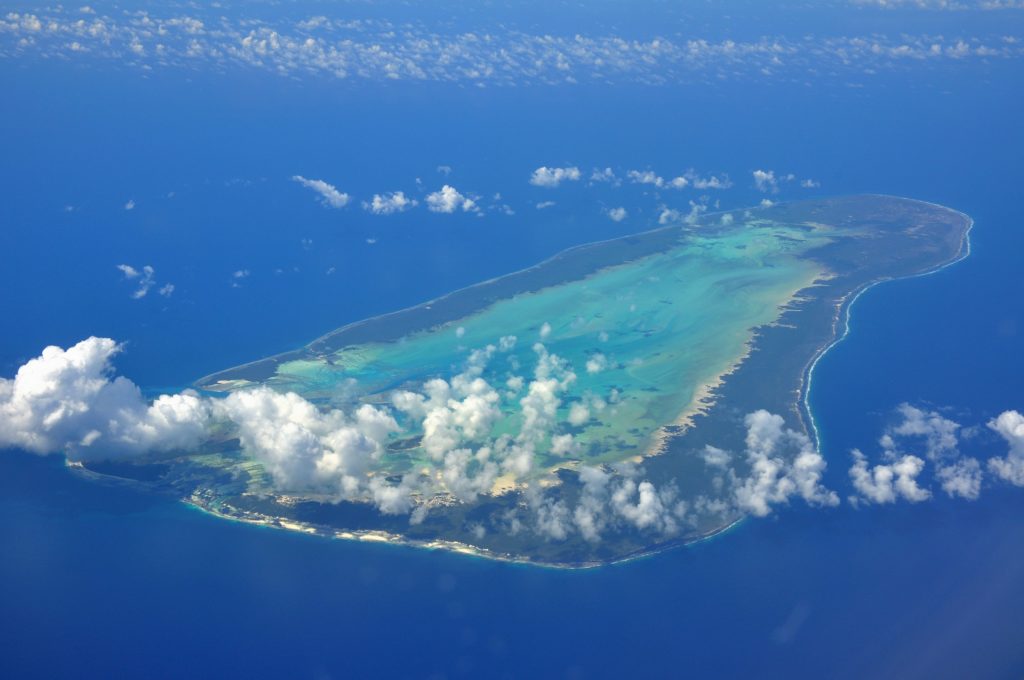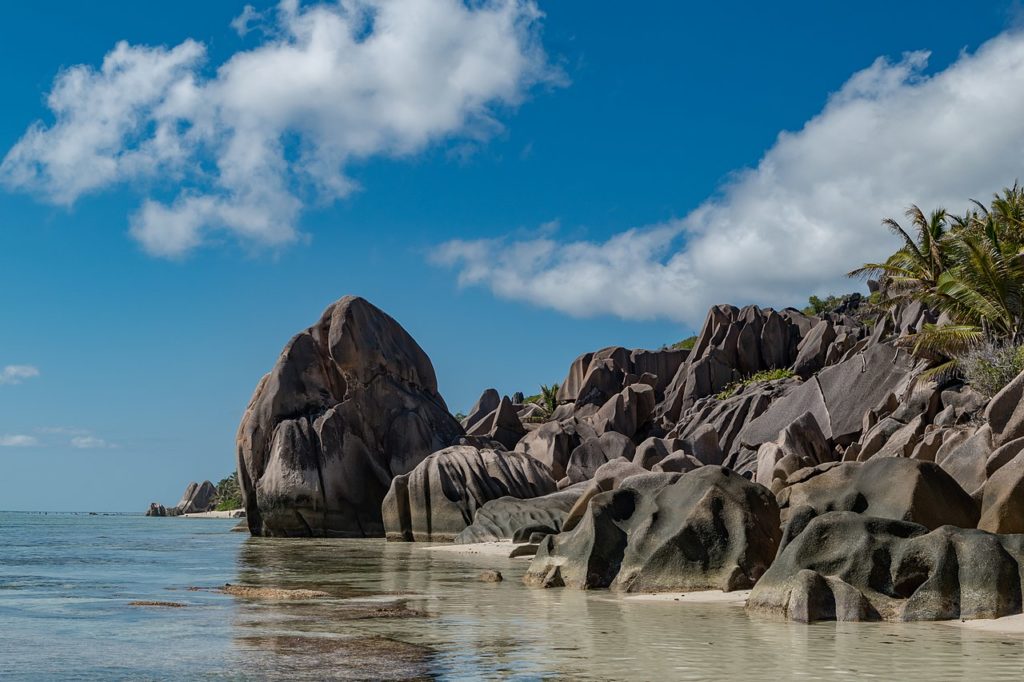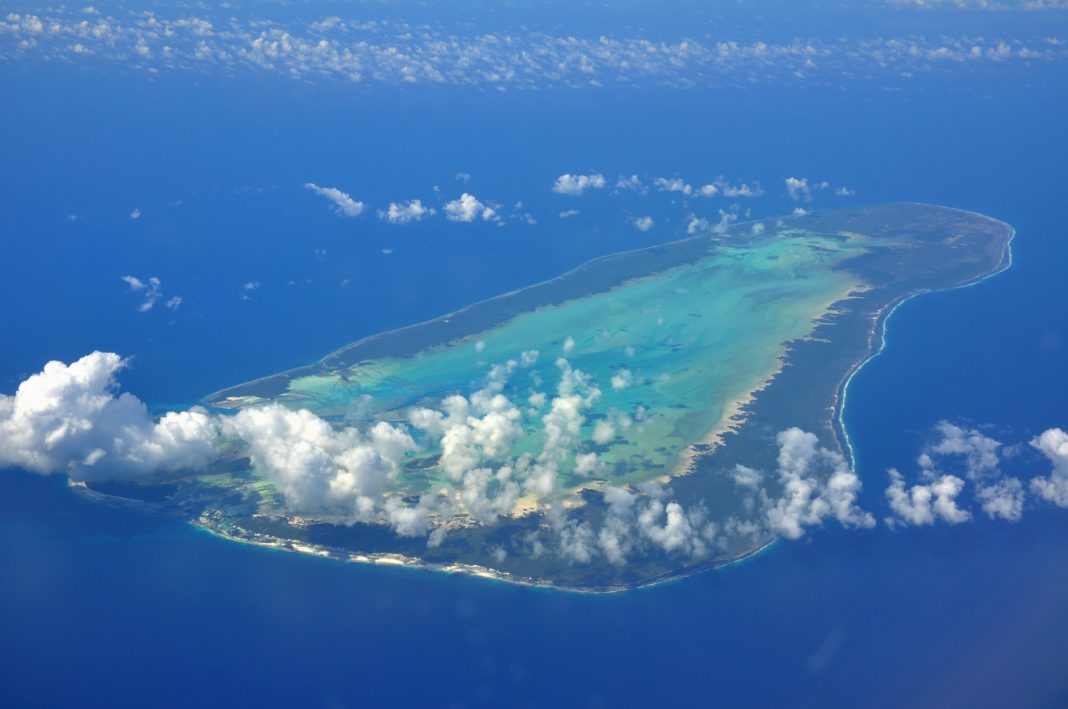The Seychelles is an archipelago of 115 islands in the Indian Ocean, off East Africa. The islands are divided into two main groups: The Inner Islands and the Outer Islands.

The Seychelles are the world’s only oceanic islands to be formed of granite. This means that they were formed from volcanic activity that took place millions of years ago, rather than from coral reefs, which is how most other oceanic islands are formed. The granite islands of the Seychelles are also the oldest ocean islands in the world, dating back to the Jurassic period.

This unique geology makes the Seychelles a very special place. The granite islands are home to a variety of rare and endangered plants and animals, including the coco de mer palm, the world’s largest seed, and the giant Aldabra tortoise, the world’s largest tortoise species. The Seychelles are also a popular tourist destination, known for their stunning beaches, crystal-clear waters, and lush rainforests.
Additional information
Oceanic islands are islands that are formed in the middle of the ocean, far from any continent. Some are formed by volcanic activity, when magma rises from the Earth’s mantle and erupts on the ocean floor. The lava cools and forms new land, which eventually rises above the water’s surface. The other oceanic islands are made up of coral reefs, which are formed when tiny organisms called coral polyps secrete calcium carbonate to create a hard skeleton. Over time, these skeletons build up and form reefs. Oceanic islands made of coral reefs are typically much younger than the Seychelles. Continental islands, on the other hand, are typically formed by the erosion of a continent or by the accretion of sediment. Continental islands are part of a continent that has been submerged by water. Accretionary islands are formed when sediment is deposited on the ocean floor and eventually builds up to form land.















